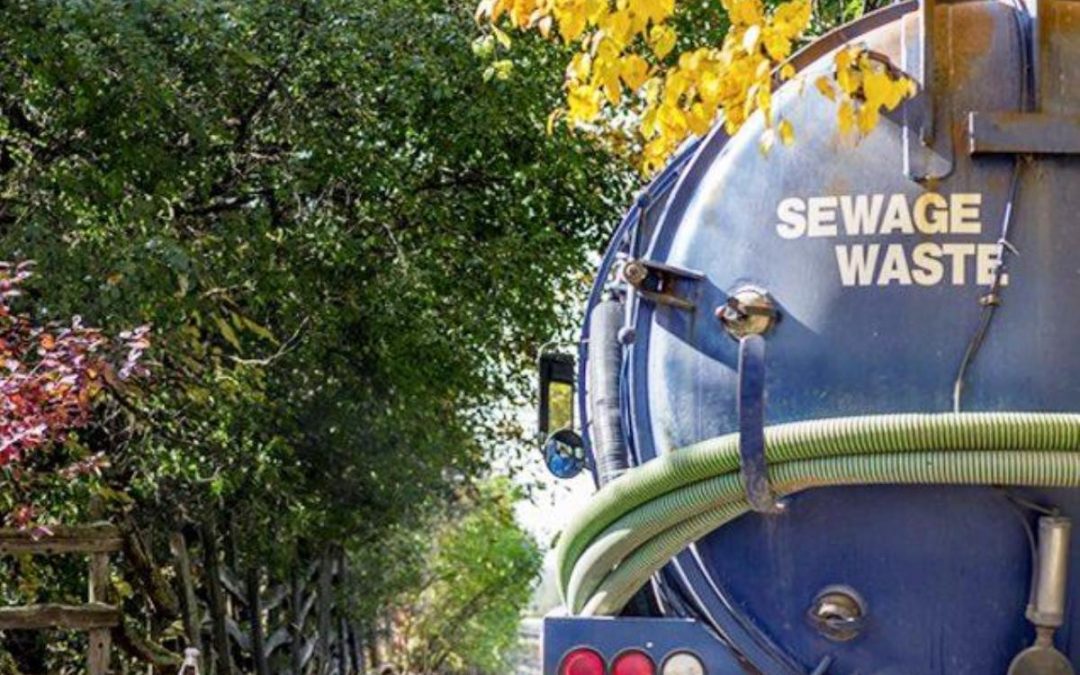The 6-Minute Rule for Reclaim Waste
The 6-Minute Rule for Reclaim Waste
Blog Article
The Of Reclaim Waste
Table of ContentsThe Single Strategy To Use For Reclaim WasteReclaim Waste Fundamentals ExplainedFacts About Reclaim Waste UncoveredReclaim Waste Can Be Fun For EveryoneNot known Incorrect Statements About Reclaim Waste
Explore the kinds, occurrences, and kinds of liquid waste. Domestic sewer waste refers to the waste and items from a residential sewage-disposal tank. This kind of waste is developed by humans in residences, colleges, and various other buildings. This only consists of septic systems that have a drain field. The appropriate administration and disposal of domestic sewer waste need fluid waste to be moved to a sewer treatment plant where the proper methods and equipment are related to cleanse and deal with waste.
Industrial waste often includes prospective dangers, such as flammable materials or a blend of liquid and solid waste products, and requires an advanced and detailed disposal process. The disposal of business waste typically includes the filtering of waste before transport to guarantee safe and appropriate disposal. Industrial waste is created from by-products and drainage of commercial processes and manufacturing.
This type of waste can not make use of the exact same sewage administration transportation or processes as septic or business fluids. The commercial waste administration process calls for the evaluation and testing of fluid waste before it undertakes the disposal process (industrial wastewater treatment). Drainage waste is the fluid waste that originates from runoff and excess stormwater in very inhabited locations or cities
Overflow waste can cause contamination and flooding if not managed properly. Ensuring appropriate waste monitoring can stop disasters and lower environmental damage.
Not known Incorrect Statements About Reclaim Waste
Call PROS Services today to find out about our waste management and disposal services and the correct methods to look after the fluid waste you produce.
(https://allmyfaves.com/reclaimwaste1?tab=Reclaim%20Waste)Do you understand what takes place to your water when you end, flush the commode or drain the cleaning maker? No? Well, it deserves knowing. This so-called 'wastewater' is not only an essential resource however, after treatment, will be released to our land, waterways or the ocean. Used water from toilets, showers, bathrooms, kitchen sinks, washings and commercial procedures is called wastewater.

water used to cool down machinery or clean plant and devices). Stormwater, a form of wastewater, is runoff that streams from agricultural and city areas such as roofing systems, parks, yards, roadways, courses and rain gutters right into stormwater drains pipes, after rain. Stormwater streams unattended directly to neighborhood creeks or rivers, eventually reaching the ocean.
The Basic Principles Of Reclaim Waste
In Queensland, the majority of wastewater is dealt with at sewer treatment plants. Wastewater is carried from residential or industrial websites with a system of drains and pump terminals, understood as sewage reticulation, to a sewer therapy plant.
The Department of Natural Resources encourages city governments concerning managing, operating and keeping sewage systems and therapy plants. In unsewered locations, city governments might call for householders to set up individual or house sewage treatment systems to deal with residential wastewater from commodes, kitchens, restrooms and washings. The Department of Natural Resources authorises the usage of family systems when they are proven to be effective.
In some brand-new communities, treatment of some stormwater to get rid of clutter, sand and gravel has started making use of gross contaminant traps. Wastewater treatment happens in 4 phases: Gets rid of solid matter.
Wastewater after that flows right into huge containers where solids clear up and are eliminated as sludge. Grease and residue are skimmed from the surface. Utilizes little living microorganisms knows as micro-organisms to break down and eliminate continuing to be liquified wastes and great particles. Micro-organisms and wastes are incorporated in the sludge. Eliminates nitrogen and phosphorus nutrients that could cause algal blooms in our rivers and endanger water life.
4 Simple Techniques For Reclaim Waste
Nutrient removal is not readily available at all sewer therapy plants because it needs pricey specialist tools. Clear fluid effluent produced after therapy might still contain disease-causing micro-organisms - liquid waste removal.

This normally indicates wastewater has actually to be dealt with or impurities removed prior to it can be released to rivers. The majority of wastewater flows right into the sewage system. Under the Act, city governments carry out approvals and licences for ecologically relevant activities (ERAs) involving wastewater releases that could have a regional influence. The division carries out authorizations and permits to Periods involving wastewater releases that could have a local or statewide impact.
The Best Strategy To Use For Reclaim Waste
Surveillance offers valid information concerning water high quality and can confirm that licence conditions are being fulfilled. The details acquired through tracking gives the basis for making water quality decisions.
Report this page